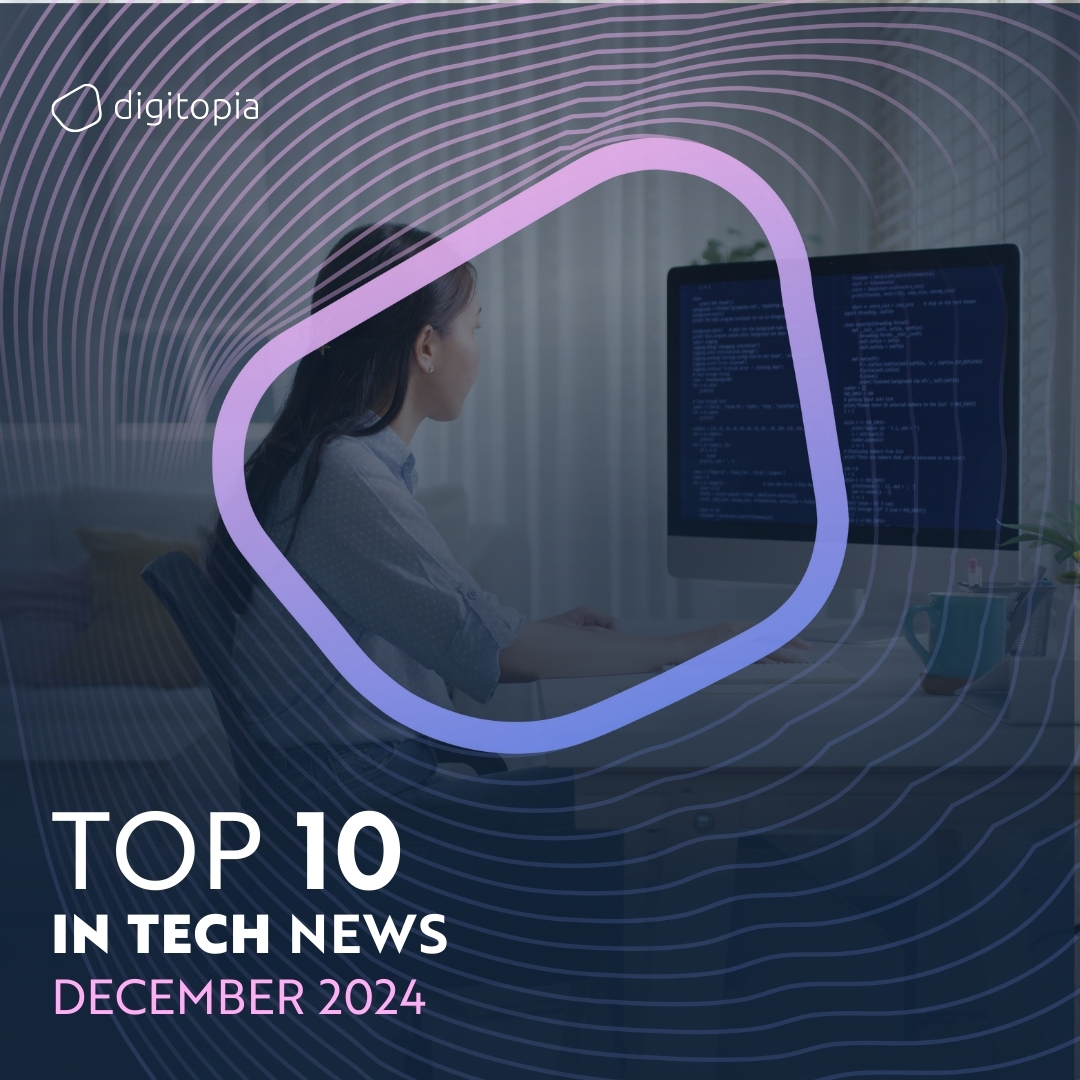
1- An AI started ‘tasting’ colours and shapes. That is more human than you might think
The brain naturally blends sensory experiences, influencing how we associate flavors, colors, and shapes. Marketers use this to design products, and AI systems like ChatGPT show similar patterns, reflecting data biases. Researchers believe AI could inspire new sensory design strategies but emphasize combining AI insights with human creativity due to its limitations and potential inaccuracies.
Source: BBC
2- Mark Zuckerberg went all in on Meta’s AI strategy this year. The pressure builds in 2025
Meta’s prioritization of generative AI has transformed its business strategy, driving significant investments, such as a $10 billion increase in spending for AI infrastructure in 2024. This focus has revitalized Meta’s advertising capabilities, introduced generative AI features like Meta AI across its platforms, and positioned it for future revenue growth. With nearly 600 million monthly active users for Meta AI, the company integrates AI into products like Ray-Ban smart glasses and WhatsApp search, enhancing user engagement. Analysts predict Meta’s AI-driven tools will boost advertising efficiency and create enterprise opportunities, particularly with WhatsApp-based customer-service chatbots, paving the way for sustained success in 2025 and beyond.
Source: CNBC
3- Google releases the first of its Gemini 2.0 AI models
Google has launched Gemini 2.0, its latest AI model, featuring a chat-optimized version available globally and an experimental multimodal version for developers with text-to-speech and image generation capabilities. Positioned as a significant upgrade from its predecessors, Gemini 2.0 focuses on enhanced usability, outperforming earlier models in areas like code generation and factual accuracy while lagging slightly in handling longer contexts. The multimodal version will be widely available in January 2025, with plans to integrate Gemini 2.0 across more Google products. This release underscores Google’s push to compete in the AI race against Microsoft, Meta, and OpenAI, while exploring agentic AI models capable of predictive and autonomous actions under user supervision.
Source: CNBC
4- Instagram to make up more than half of Meta’s US ad revenue in 2025, report shows
Instagram is poised to generate over half of Meta’s U.S. advertising revenue in 2024, driven by improved monetization and the growing popularity of its Reels feature, which competes with TikTok and YouTube Shorts. With users spending two-thirds of their time on Instagram watching videos, Reels’ ad revenue is set to rise, alongside contributions from Explore and Threads. A potential U.S. TikTok ban in 2025 could further boost Instagram’s ad revenue, potentially capturing over one-fifth of reallocated TikTok ad dollars, positioning Instagram for continued growth.
Source: Reuters
5- Sony hasn’t been this hot since it made the Walkman
Sony has transformed from an electronics giant to an entertainment leader, with 60% of its revenue now from games, music, and films. Leveraging hits like The Last of Us and strategic acquisitions, Sony’s stock has reached record highs, driven by its focus on gaming innovation and content synergy across divisions.
Source: CNN
6- AI Has A Sustainability Problem: How To Tackle It’s Carbon Footprint
AI is transforming industries but faces growing scrutiny over its environmental impact, with data centers already accounting for 2.5–3.7% of global emissions and demand expected to surge 160% by 2030. Companies like Salesforce, Microsoft, and Amazon are addressing this through renewable energy, efficient AI models, and carbon-conscious initiatives. Collaborative efforts, like AI energy scoring, aim to standardize sustainability metrics. Experts see AI itself as part of the solution, optimizing energy use and streamlining processes like supply chains. The challenge lies in balancing AI’s growth with innovative, sustainable practices to mitigate its environmental footprint while maximizing its benefits.
Source: Forbes
7- 4 Big Ideas From Steve Jurvetson On Moore’s Law
Steve Jurvetson highlights AI’s exponential growth, Nvidia’s dominance due to early AI investments, and the shift from lab-based to simulation science, accelerating innovation. He predicts data will drive all industries, transforming fields like agriculture, and notes parallels like Musk’s Colossus supercomputer, reflecting AI’s pivotal role in shaping the future.
Source: Forbes
8- A Spacecraft Is About to Fly Into the Sun’s Atmosphere for the First Time
NASA’s Parker Solar Probe, the fastest human-made object, is set to make its closest approach to the sun on Christmas Eve, entering the solar atmosphere just 3.8 million miles from its surface. Enduring extreme temperatures exceeding 2,500°F, the probe’s mission is to uncover the origins of the solar wind, a key driver of the solar system’s dynamics. This ambitious feat required cutting-edge technology, including heat-resistant materials and innovative instrument designs, to survive the sun’s intense heat and radiation. The probe’s journey represents a significant milestone in understanding the sun and its impact on the solar system.
Source: Wired
9- Meta adds live translation, AI video to Ray-Ban smart glasses
Meta has updated its Ray-Ban Meta smart glasses with AI-powered video capabilities, real-time language translation, and Shazam integration. The v11 software update enables the glasses to process visual data and provide real-time responses, while also translating speech between English, Spanish, French, and Italian, with audio output or transcripts. Announced earlier this year, the glasses now also support features like setting reminders and scanning QR codes via voice commands, enhancing their utility for users in the U.S. and Canada.
Source: Reuters
10- Here’s everything we don’t know about New Jersey’s drone mystery
The FAA has temporarily banned drones over critical areas in New Jersey, including 22 towns like Jersey City and Camden, following thousands of unexplained drone sightings. The restriction, lasting until January 17th, prohibits drone flights within one nautical mile and up to 400 feet altitude, with penalties for violations including detention or deadly force if deemed a security threat. While some sightings are attributed to legal drone activity or mistaken reports, the mysterious occurrences have fueled public concern and calls for better drone tracking and regulation.
Source: The Verge

